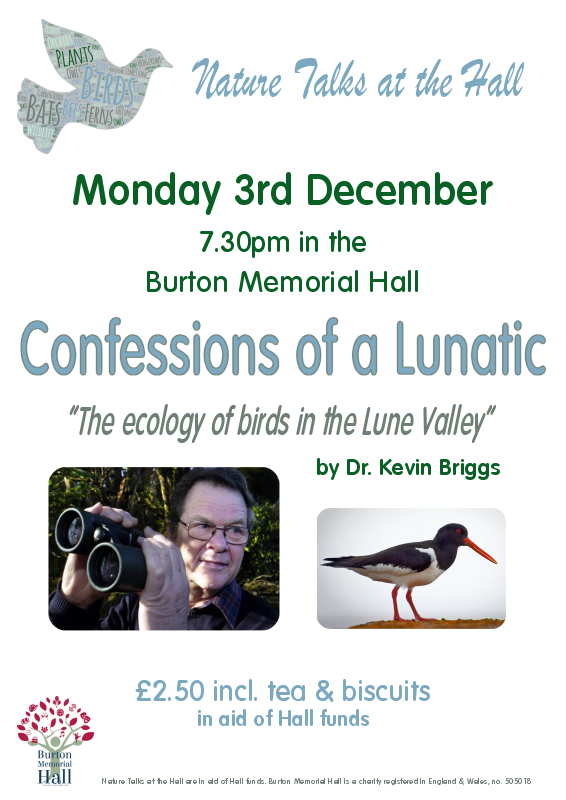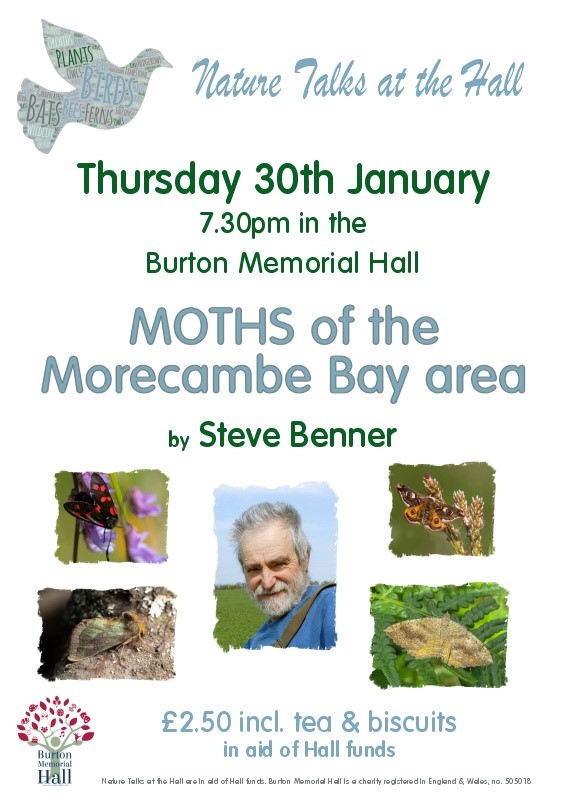.JPG) |
Settled for a young Blushing Rossette - Abortiporous biennis
(please click over to enlarge) |
(Notes from Sunday last 14th September 2014): I found this rare fungi on Sunday last whilst crossing by bridleway over the Moss from Burton In Kendal towards Hale (Cumbria). I wondered what could this be, so felt around it and sure enough it was held firm on the side attached to some ancient root system which were just about appearing from under the soil and grasses. I checked my fungi books but could not find anything which resembled this anywhere. Thankfully a old friend Mike V from down in East Lancs and via the "Wild About Britain" website, came to the rescue with suggestions. From there I entered his suggestions on the web and sure enough lots of photos came up confirming the identity of this bleeding fungus.
Still on the same bridleway I found this Himalayan Balsam and it struck me that they were much of a redder flower than what I normally see.
.JPG) |
| A very red/pinky Himalayan Balsum |
Other species were also found whilst crossing over the moss which included: Marsh Woundwort
(Stachys palustris), White Dead Nettle
(Lamium album), Scentless Mayweed
(Tripleurospermum inodorum).
(Notes from yesterday Monday September 15th 2014) Enjoyed a great day on Hutton Roof in the charming company of Steve G, who seemed to enjoy everything! He had his special interest in the Moths, Caterpillers and bugs of the area. Several Bugs, centipedes and the like where collected for micro analysis.
Of special interest to me was that whilst showing my friend the spent Hypericum Montana's, we did notice that a further 4 or 5 quite immature seedlings had obviously sprung up to the side of the now well spent parent plants, the leaves in these seedlings were more oval than lanceolate and fresh, in fact I could not believe what I was seeing and had to make sure with the hand-lens that they were hypericums, but thankfully the "marginal black dots giveaway" was present. It will be so interesting to check on the development of these next year.
Dropping down the limestone pavements in Lancelot Clark Storth, on the way checking out spent Epipactis, together with lots of current Travellors Joy or Old Man's Beard
(Clematis vitalba). It was also a lovely sight to check out the Southern Polypody
(Polypodium Cambricum) of here below is a photo.
.JPG) |
The Southern Polypody (Polypodium Cambricum) found on Hutton Roof
(please click over photo to enlarge and enjoy) |
(Notes from last week - September 7th Week 2014) - Its always interesting to see what (crops) up on the verges of the farmers fields especially at the time of Maize or Beet crops, it really is interesting to find these unusual plants, there can be a varied mixture and always seem to hold a suprise! Here below are just a selected few photographs from what I could identify (or not identify!) found just off Vicarage Lane in Burton In Kendal.
A popular plant which seems to come every year is the "Black Nightshade"
(Solanum nigrum).
.JPG) |
| Black Nightshade (Solanum nigrum) - Click over to enlarge |
This year for the first time I also had a yellow version of what at first looked very much like the flower also of the Nightshade family and thats exactly what it turned out to be, because what we have here is
Solanum lycopersicum or the common Tomato plant.
.JPG) |
Solanum lycopersicum or Tomato plant
|
Another regular which seems to turn up on the verges and has again this year is
Galinsoga quadriradiata and this so resembles the South American naturalised "Gallent Soldier"
.JPG) |
Galinsoga quadriradiata found on the verges of Maize or Beet planted fields
(please click over to enlarge). |
I have taken lots more photographs of other strange plants which have naturalized around the crop fields of Burton and they look so interesting. Its now a question of finding more time in the day to try and identify......

.jpg)
.jpg)




.jpg)



+(Small).jpg)
.JPG)




















